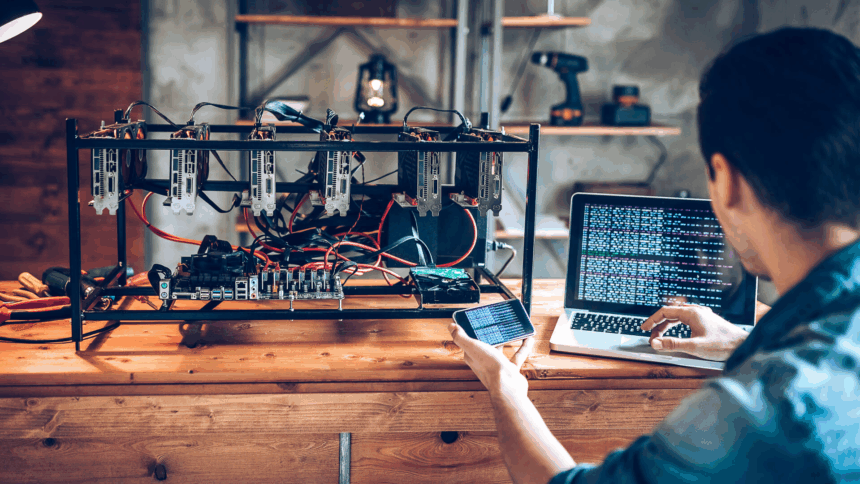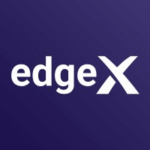I will discuss the How to Mine Bitcoin at Home. You will understand the necessary equipment and software configurations and how to establish a mining operation in the comfort of your home.
- What is Bitcoin Mining?
- How to Mine Bitcoin at Home
- Step 1: Prepare Your Space and Equipment
- Step 2: Set Up Your Bitcoin Wallet
- Step 3: Connect and Configure Your Miner
- Step 4: Join a Mining Pool
- Step 5: Configure Mining Settings
- Step 6: Monitor Your Mining Performance
- Step 7: Manage Power and Cooling
- Step 8: Receive and Store Your Bitcoin
- Why Bitcoin Mining Matters
- Secures the Bitcoin Network
- Maintains Decentralization
- Creates New Bitcoins
- Validates Transactions
- Prevents Double Spending
- Supports Network Consensus
- Incentivizes Network Participation
- How Does Bitcoin Mining Work?
- Transaction Verification
- Grouping Transactions into Blocks
- Solving Complex Mathematical Puzzles
- Proof of Work (PoW) Consensus
- Block Addition to the Blockchain
- Bitcoin Mining Software and Network Setup
- Selecting Mining Software
- Hardware Compatibility
- Downloading Mining Software
- Setting Up Software
- Setting Up Mining Configurations
- Joining a Mining Pool
- Network Configuration and Connection
- Performance Configuration
- Common Mistakes to Avoid When Mining at Home
- Not Considering Electricity Costs
- Failing to Cool and Ventilate Properly
- Investing in Obsolete and Inefficient Equipment
- Solo Mining
- Not Mitigating Noise
- Weak Network and Wallet Security
- Downloading Software from Unverified Sources
- Not Monitoring Mining Performance
- Future of Home Bitcoin Mining
- Conclusion
- FAQ
This tutorial is designed for beginners and will show you the safest Bitcoin earning methods while cost-effectively improving and optimizing your home mining setup.
What is Bitcoin Mining?
Bitcoin mining refers to the generation of new bitcoins and confirmation of transactions on the public blockchain. The process of mining involved powerful computation hardware solving very intricate and complex mathematical puzzles to validate transaction blocks.
Every time a miner solves a puzzle, they complete a new block to the blockchain and receive a block reward, which is newly created bitcoins, and transaction fees from the users.
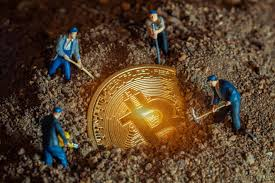
This process is very crucial to the security and decentralization of the bitcoin network, preventing double spending and validating the legitimacy of transactions. The mining process is anchored on a consensus algorithm called proof of work. Miners compete to solve a block of transactions, and the first to succeed gets to add a block to the blockchain.
The increments of complexity to the mining puzzles is to control the computation cycles to a mining block interval of ten minutes. While mining is computationally intensive and requires high power consumption, resource availability is also a challenge.
Due to the resource challenges in mining, the blockchain bitcoin miners switched from general purpose CPUs and GPUs to more efficient ASIC (Application-Specific Integrated Circuits) systems.
How to Mine Bitcoin at Home
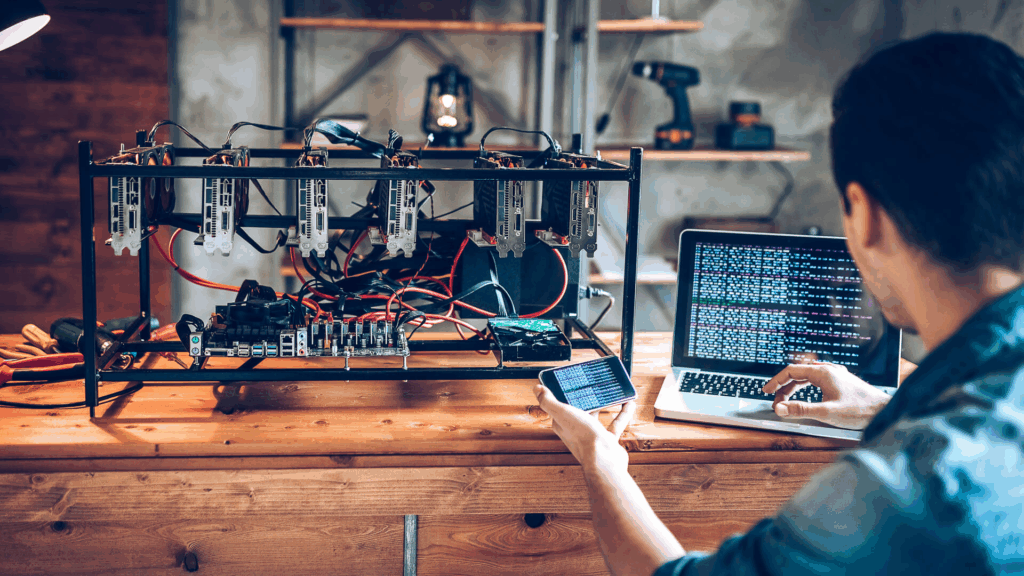
Example: How to Start Bitcoin Mining at Home (Step by Step Guide)
Step 1: Prepare Your Space and Equipment
Selecting the right place in your home to set up your mining rig is important. Since the machine produces heat and noise, a garage or basement is best. You will need a reliable and stable internet connection, as well as plenty of electrical outlets.
You’ll need:
- A low-cost ASIC miner (e.g., Antminer S9)
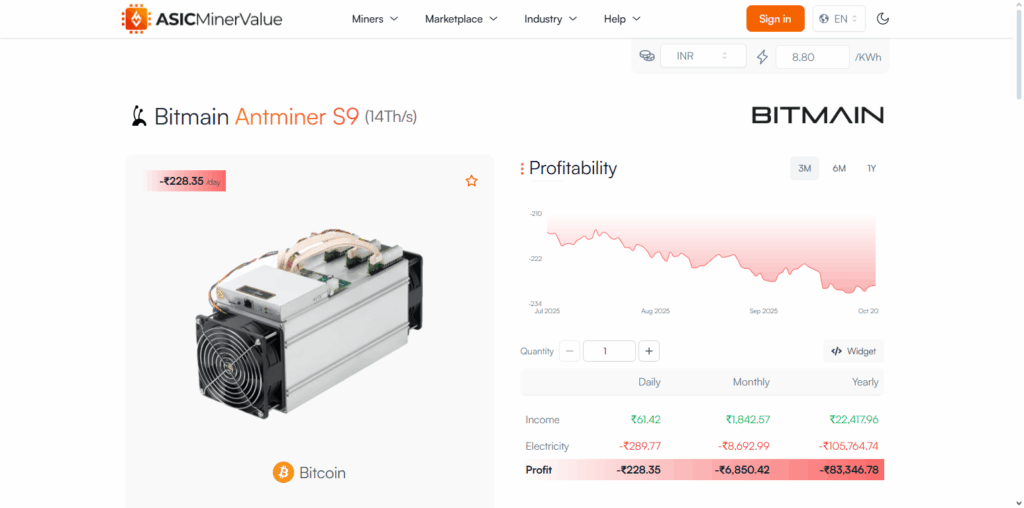
- A reliable power supply unit (PSU)
- A computer or laptop for setup
- Stable internet (Ethernet recommended)
Step 2: Set Up Your Bitcoin Wallet
You need a Bitcoin wallet to keep your earnings before you start mining. You can set up hardware wallets (Ledger or Trezor) or software wallets (Electrum or Trust Wallet). Make sure to take note of your Bitcoin address as you will need it to get paid.
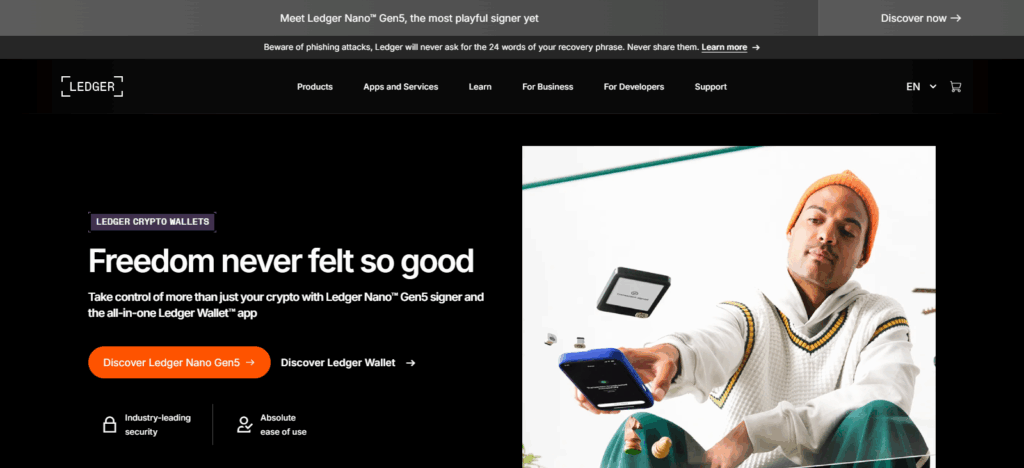
Step 3: Connect and Configure Your Miner
- Connect the ASIC miner to your router with an Ethernet cable and plug it in.
- Power it on and find its IP address using your router’s admin panel or tools like “Advanced IP Scanner.”
- Open the miner’s interface in your browser and log in (default username/password: admin/admin).
Step 4: Join a Mining Pool
Mining alone (solo mining) is rarely profitable at home. Join a mining pool like Slush Pool, F2Pool, or AntPool.
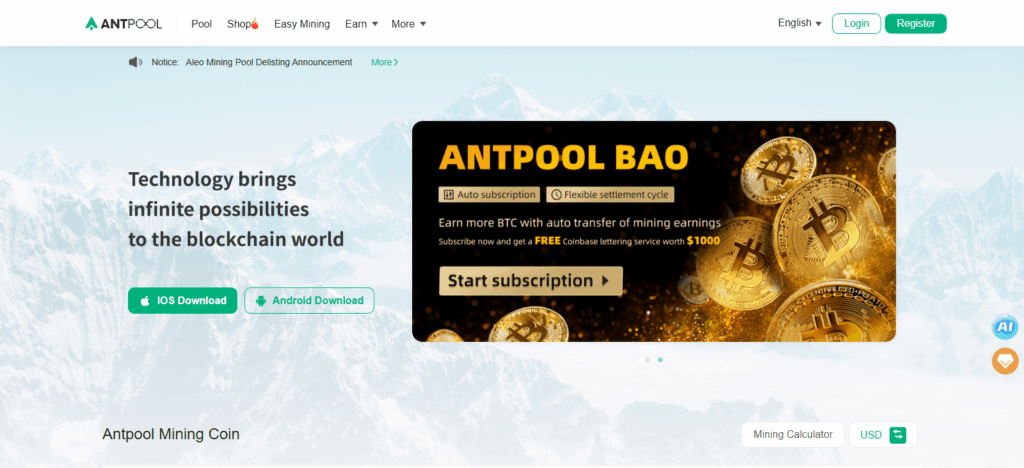
- Go to the mining pool’s website and create an account.
- Add your Bitcoin wallet address for payouts.
- Copy the pool URL (for example, stratum+tcp://pooladdress:3333).
Step 5: Configure Mining Settings
In your miner’s interface:
- Go to “Miner Configuration.”
- Enter your pool URL, username (usually your pool login), and password.
- Save and apply the settings.
Your miner will now connect to the pool and start solving cryptographic puzzles.
Step 6: Monitor Your Mining Performance
You can check your miner’s dashboard to view hashrate, temperature, and uptime. You can also log into your pool dashboard to monitor your contributions and estimated earnings.
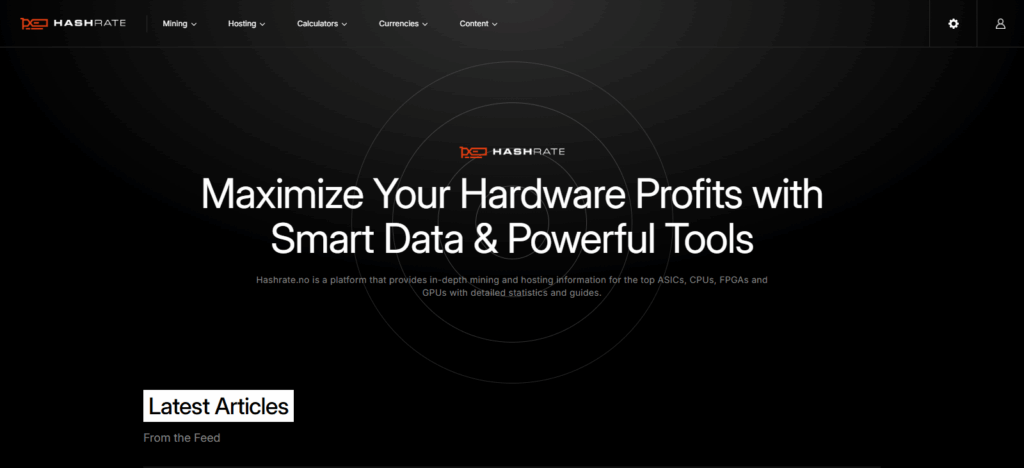
Step 7: Manage Power and Cooling
Because mining devices run 24/7, you will need to:
- Provide ventilation (or use a small fan) to prevent overheating.
- Monitor electricity consumption to guarantee electricity cost efficiency.
- If your electricity costs are time-based, you might want to run the miner during the off-peak hours.
Step 8: Receive and Store Your Bitcoin
When your pool account meets the threshold for a payout, the earnings will be sent to your Bitcoin wallet automatically. Don’t forget to secure your wallet with 2FA and backup your recovery phrases before repeating the process.
Why Bitcoin Mining Matters
Secures the Bitcoin Network
Mining verifies the legitimacy of Bitcoin transactions, shielding the network from potential fraud, hacking, and double-spending.
Maintains Decentralization
The Bitcoin Mining Network decentralizes power across thousands of miners, ensuring that no single person or government can monopolize the system.
Creates New Bitcoins
New Bitcoins can only be created through the process of mining, which makes Bitcoin mining fundamental to its economic structure.
Validates Transactions
Transparency and trust within the system and accountability is provided to users through miners confirming transactions and recording them to the blockchain.
Prevents Double Spending
The system of mining proof-of-work ensures that every bitcoin is only spent once to maintain its integrity.
Supports Network Consensus
By allowing all nodes to agree on a single blockchain, mining ensures utility and stability of the network system.
Incentivizes Network Participation
The network is strengthened as more users mining and dedicating computing power are encouraged because miners receive rewards in BTC and transaction fees.
How Does Bitcoin Mining Work?
Transaction Verification
Every time a person sends Bitcoin, the transaction gets broadcast to the network. Miners collect these transactions and then verify the balances of the sender and the receiver and the other transaction data to determine the sender can be the payer.
Grouping Transactions into Blocks
They are joined and then verified again. After verification, the transactions are assembled into a ‘block’ with complete transaction details, the time of the transactions and its reference to other blocks to create the endless blocks or blockchain.
Solving Complex Mathematical Puzzles
There are also puzzles which miners need crypto and a computer. There is a number (nonce) with a certain number and a hash which can be trimmed to fit a defined target (difficulty target).
Proof of Work (PoW) Consensus
Every miner that sends a complete puzzle to the network gets a reward known as ‘Proof of Work’. Other networked miners accept and validate the puzzles which submit and execute the complete puzzle. This ensures the network remains secure.
Block Addition to the Blockchain
The miners’ puzzles are verified to create the blocks and these verified blocks become part of the Bitcoin transactions. For all time and for all networks the blocks are verified and can never be changed.
Bitcoin Mining Software and Network Setup
Selecting Mining Software
- Your mining software provides the connection between your hardware and the Bitcoin blockchain or a mining pool. Some expected and dependable choices would be CGMiner, BFGMiner, NiceHash, and EasyMiner since they have varying interfaces and features and work with ASIC or GPU miners.
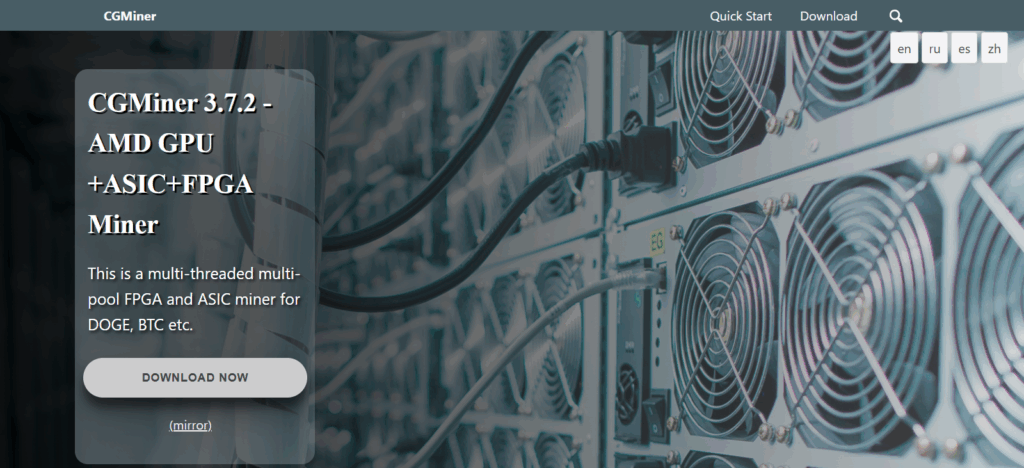
Hardware Compatibility
- It is important to ensure compatibility with the type of software used. Mining software requires specific hardware (ASIC, GPU, or CPU) to operate. CGMiner is tailored for ASIC miners, and EasyMiner is designed for newbies with GPU.
Downloading Mining Software
- It is suggested to download mining software from legitimate, authorized websites to protect your computer and wallet from malware, scams, or other exploitation.
Setting Up Software
- Install the software for your OS (Windows, Linux, or macOS) following the specific guides. During the setup, the software will ask for permission through the firewall, make sure you allow access so it can connect to the mining pool or network.
Setting Up Mining Configurations
- When you have finished installing the software, enter the following details:
- Pool URL (which you will get from your mining pool).
- Worker name and password (to identify your pool).
- Bitcoin wallet address (where you will receive the mining rewards).
Joining a Mining Pool
- Since mining alone is usually unprofitable, you should join a mining pool like Slush Pool, AntPool, or F2Pool. The mining pool increases the probability of your rewards as the pool is made up of several miners thus reward payouts are frequent and guaranteed.
Network Configuration and Connection
- For the best connection, use a wired Ethernet connection rather than Wi-Fi. Mining needs a consistent and unhindered connection as interruptions can lead to lost work or downtime.
Performance Configuration
- For your software to reduce or optimize the overheating and energy usage, performance, temperature, and energy use need to be balanced by manual adjustments of the software.
Common Mistakes to Avoid When Mining at Home
Not Considering Electricity Costs
- Newcomers frequently misjudge the profitability of running a mining rig by overlooking the high costs of electricity. These costs need to be evaluated first.
Failing to Cool and Ventilate Properly
- The devices you are using will generate a lot of heat. If there is a lack of airflow or cooling fans, the equipment will be at risk of overheating.
Investing in Obsolete and Inefficient Equipment
- Older, cheaper ASICs and GPUs will struggle to generate competitive hash rates and poor profitability due to high operational costs. Be sure to research recent performance metrics.
Solo Mining
- With small setups, solo mining is nearly impossible. If you do not join a mining pool, you may wait many years to see any rewards.
Not Mitigating Noise
- ASIC miners produce a lot of noise and may disturb the peace of the home. If there are no acoustic treatments to lessen the sound, the setup will be unbearable.
Weak Network and Wallet Security
- By connecting to the internet, your setup becomes a potential target network. Use strong passwords, turn on two-factor authentication, and keep your mined BTC in a wallet.
Downloading Software from Unverified Sources
- Download only from official websites or trusted repositories to reduce the risk of getting malware hidden in fake mining software.
Not Monitoring Mining Performance
- Many beginners “set and forget” their rigs. Check hash rates, temperatures, and pool stats regularly to maintain efficient mining.
Future of Home Bitcoin Mining
The future of home Bitcoin mining is shifting as home bitcoin mining technology improves and the crypto market matures. Although the industry is currently dominated by large scale mining operations, more and more home miners are turning to sustainable home mining as new energy efficient ASICs and cheap renewable energy sources become available.
The rise in the cost of electricity has prompted many hobbyist miners to adopt more sustainable and cost effective solar, wind, and hydro power. The new generation of smart mining hardware with user friendly plug and play configurations are encouraging people to join the hobby by greatly simplifying the home mining setup.
Decentralized mining pools and community networks designed for smaller miners are becoming more common. Bitcoin price and mining difficulty as well as energy rates will always will determine the profitability of mining.
Tech enthusiasts with a focus on home sustainable mining, renewable energy, and decentralization will find the home mining environment profitable. This will strengthen the Bitcoin vision of individual mining as opposed to corporate powered mining.
Conclusion
Mining Bitcoin at home can unarguably be educational as well as rewarding if done correctly. Gaining access to affordable hardware, dependable mining software, and a well-configured network can allow anyone to earn small but steady rewards while helping secure the Bitcoin blockchain.
That being said, the potential for a positive return hinges on the price of electricity, the efficiency of the hardware, and the amount of active maintenance done. Emphasis on reward-optimizing energy and cost efficiency, the strategy of joining collective mining efforts, and active performance metrics allows for home miners to achieve the best results.
Most importantly, while home Bitcoin mining can be profitable, it is also valuable for a miner for the experience as it demonstrates the hands-on use of some of the greatest innovations of the present time while aiding network Bitcoin’s decentralized ethos.
FAQ
What equipment do I need to start mining Bitcoin at home?
You’ll need an ASIC miner, a power supply unit (PSU), a Bitcoin wallet, mining software, and a stable internet connection. Proper ventilation and cooling systems are also necessary to prevent overheating.
Can I mine Bitcoin using my regular computer or laptop?
Technically, yes — but it’s not efficient. Regular CPUs and GPUs can no longer compete with specialized ASIC miners. Mining with a normal PC will consume more electricity than the rewards earned.
How much electricity does Bitcoin mining consume at home?
Power consumption depends on your hardware. An average ASIC miner like the Antminer S9 uses around 1,300–1,500 watts per hour, similar to a large air conditioner running continuously.
Do I need to join a mining pool?
Yes. Solo mining is nearly impossible for home miners due to intense competition. Joining a mining pool increases your chances of earning smaller, consistent rewards.



